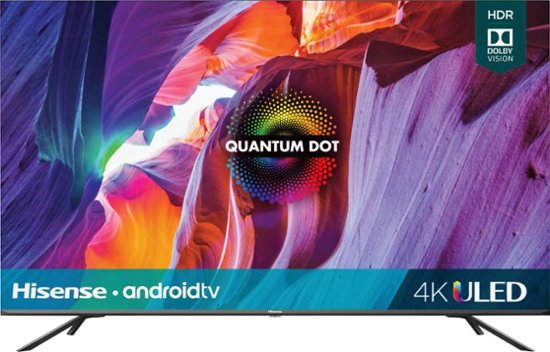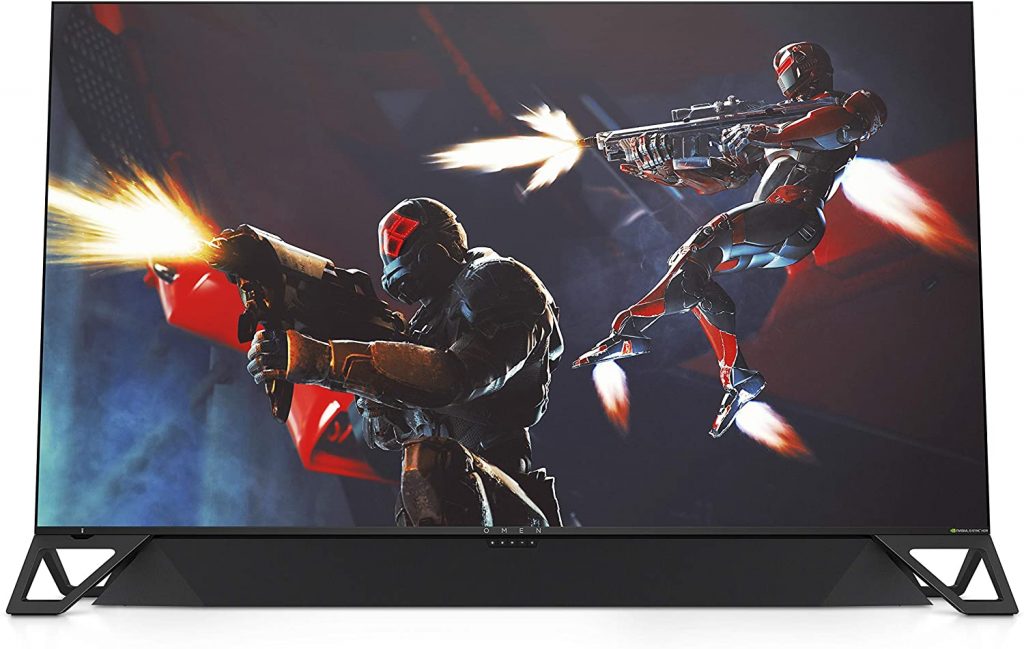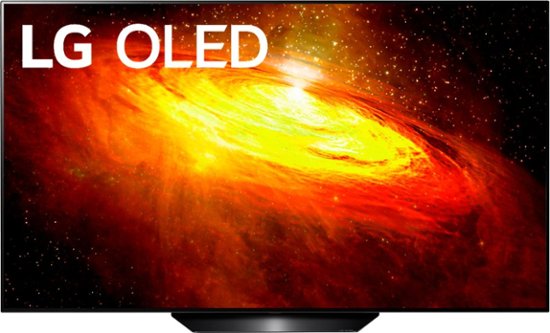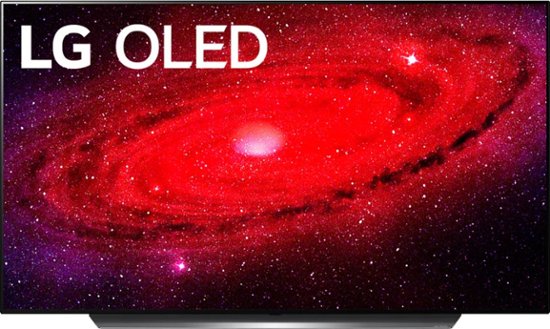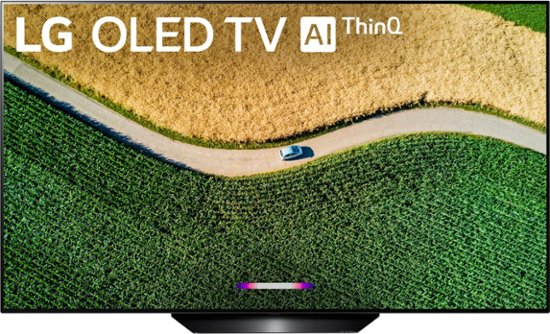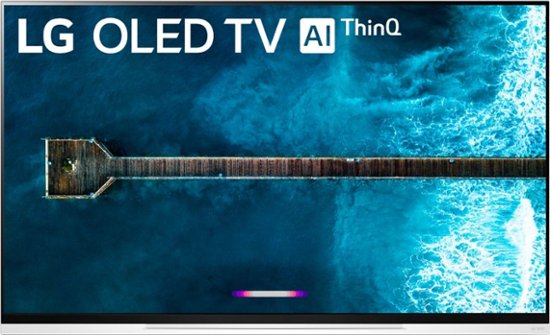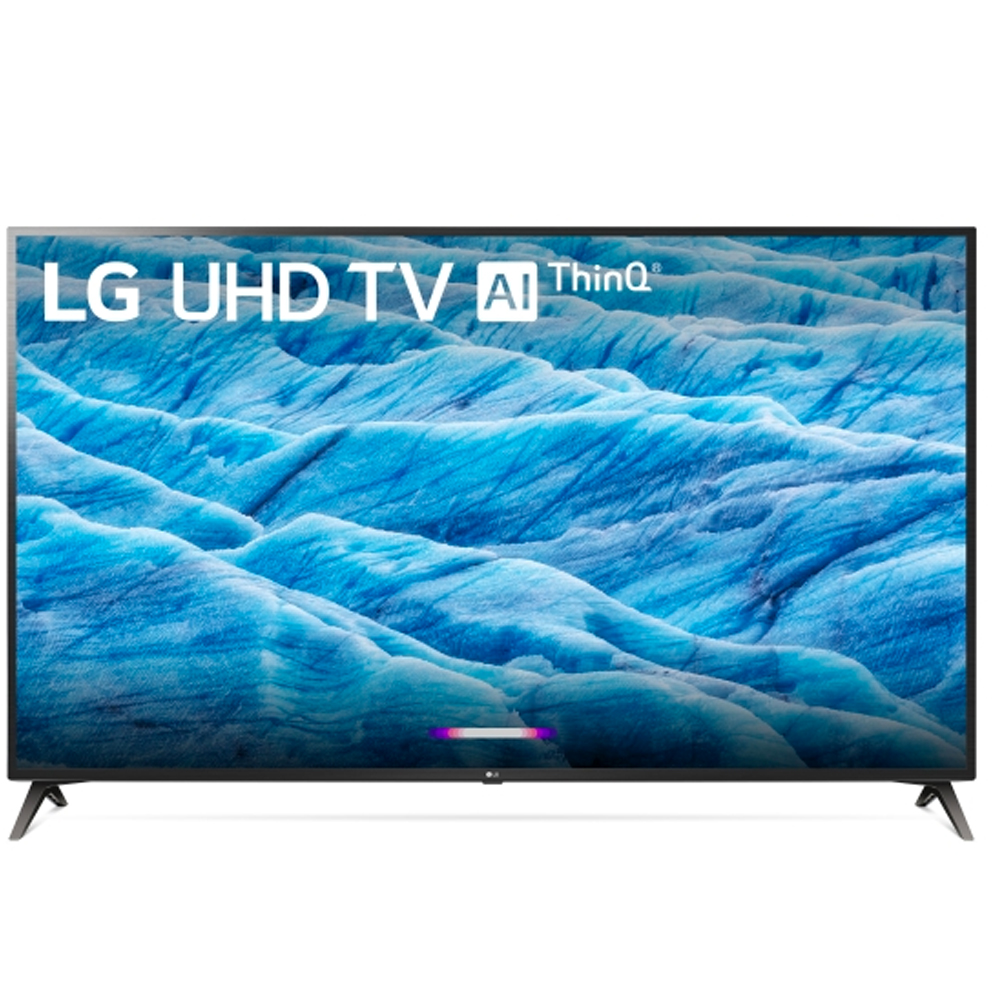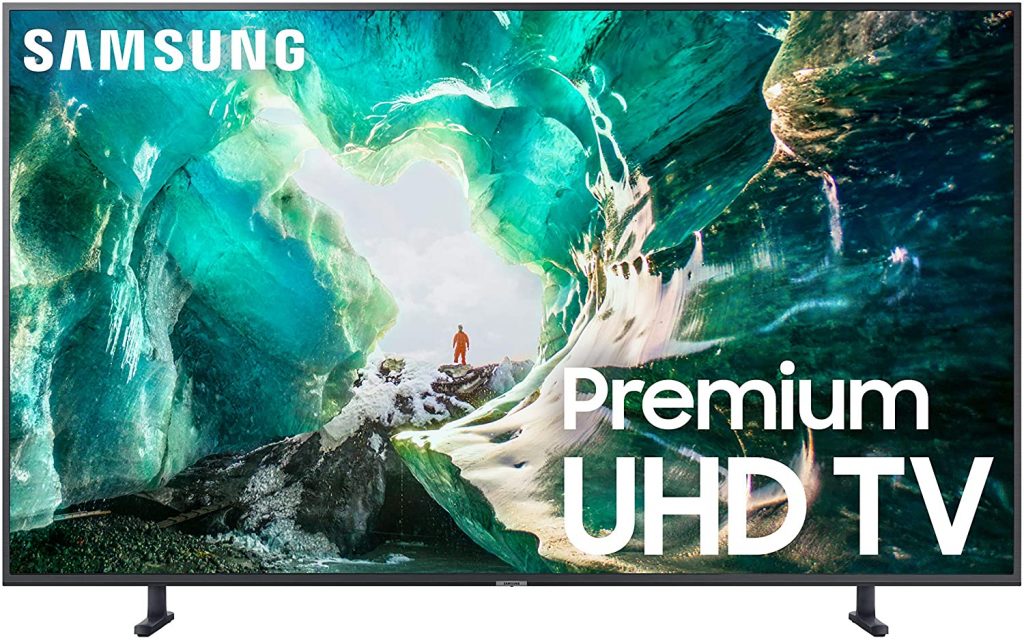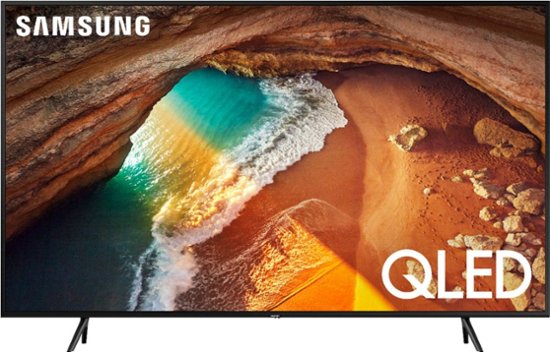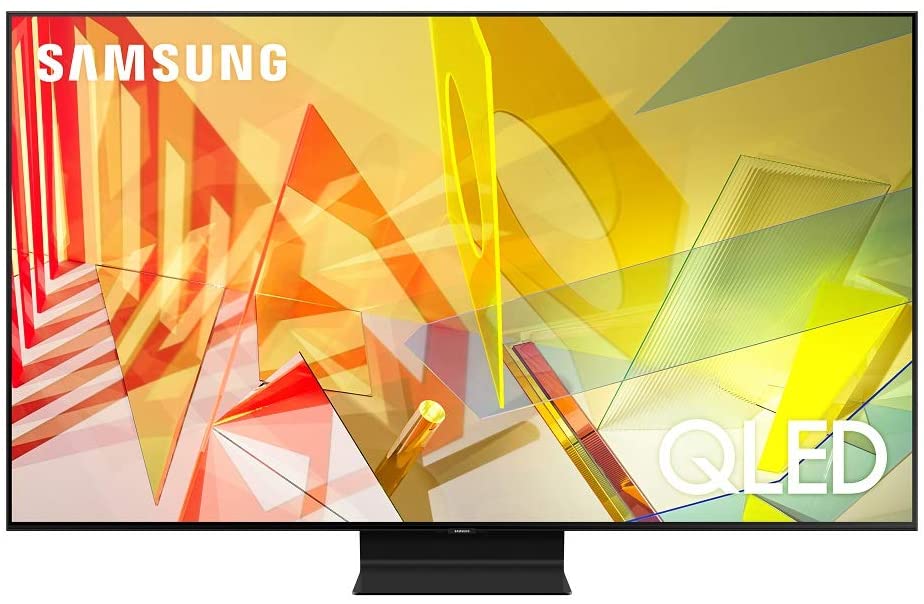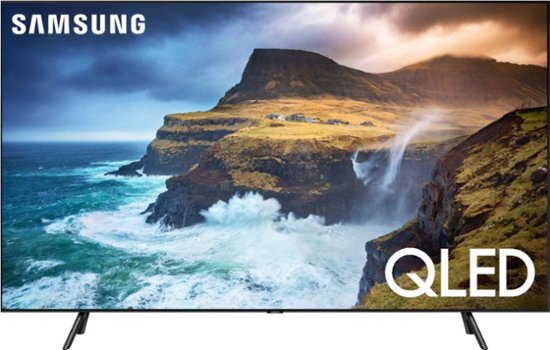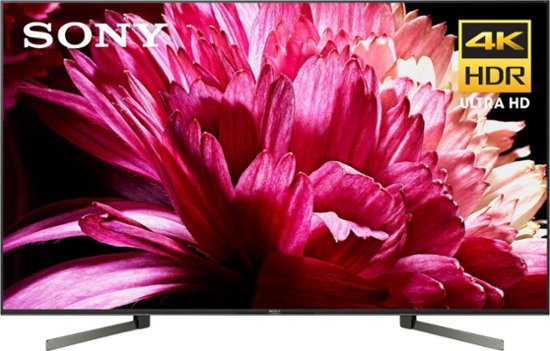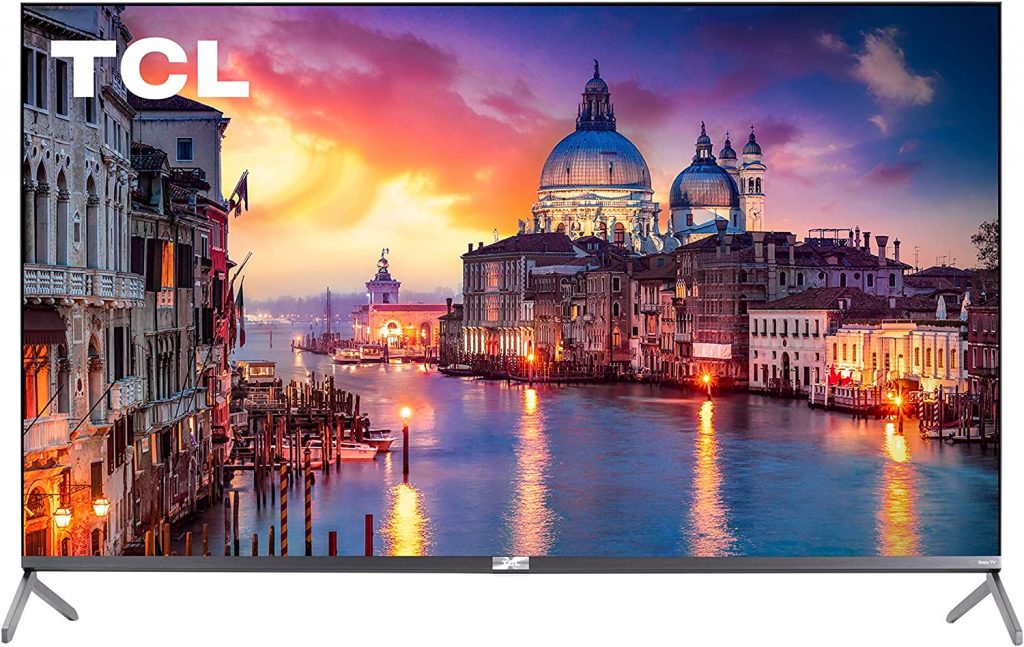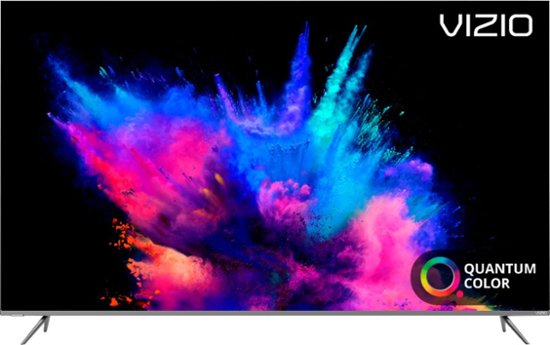As consoles progress, though, the rest of the electronic world must follow — particularly the TV. But, what type of TV is best for gaming? The modern-day television set now comes with advanced features, with 4K as arguably a highlight. When deciding which is the best TV for gaming, consider the options in this guide.
What to Look for in a Gaming TV
The current TV landscape can be confusing, especially for the average Joe. Navigating through all the technical jargon requires a more in-depth understanding of the way 4K televisions work. Some may ask: is OLED better for gaming? Given how the term gets thrown around so easily, many may jump to the conclusion that it is. On the other hand, this 4K TV also has its drawbacks. For instance, it has a limited storage space of only 4.4 GB, though you have the option to expand it via USB. Streaming also poses some problems as the images can lag and drop off sometimes. On the downside, the presence of banding is somewhat apparent, especially to keen eyes. This results in a strange shift in color sometimes. Additionally, despite its great audio quality, the soundbar itself is actually quite average. Perhaps this unit’s most glaring flaw of all is—its price tag. You can get some great 4K TVs for half its price. But, if you have $3,000 lying around, the HP Omen X Emperium 65” is still a good choice. On the other hand, there are other sets with stronger internal processors than the LG BX series. It also suffers from picture issues, with some users reportedly seeing white lines across the screen at times. Nevertheless, if you are looking for the best 4K TV for gaming with a cheap price tag, this is it. While its OLED screen delivers perfect blacks, the same feature puts it at risk of burn-in. Additionally, this LG unit also has a fairly strong ABL, otherwise known as Auto Brightness Limiter. Its ABL isn’t confined to white colors, too, unlike other models. On the downside, the B9 seems to have trouble displaying darker shades accurately. Its images are also not as detailed as the ones you see on higher-end models. Plus, due to its OLED screen, there is a risk of burn-in. On the other hand, the colors on this set sit on the cooler side of the spectrum. It also poses a potential for burn-in because of its OLED screen. Like other LG models, it has a pretty intrusive ABL, too. Beyond that, the expensive price tag easily scares away most buyers. But, if you want the best TV for gaming with style, then save up for the LG E9. If you’re a stickler for color quality, though, you may want to think twice about this purchase. This LG model doesn’t produce the greatest blacks, and the HDR is average at best. On the downside, the Class 8 series’ panel is quite dim, so its HDR feature is not much of an advantage. Its voice assistant and smart home features are also very specific to Samsung, which makes for limited compatibility and usability. Get the Samsung 8 Series 4K TV delivered at your doorstep now. That doesn’t mean the Class Q60R is perfect. While it’s bright, its peak brightness isn’t as vibrant as other QLED models. In addition, its motion compensation leaves much to be desired. Overall, however, if you want a large and affordable Smart 4K TV for gaming, this is it. On the downside, its screen layering produces a strange rainbow effect that can be distracting to some. It also doesn’t come with a One Connect box, though not everyone likes One Connect in the first place. Perhaps its most glaring flaw is its price tag. The Samsung Class Q90T is very expensive, especially when compared to other offerings. Gamers will love this unit for its excellent response time and high refresh rate, giving you minimal to no blur when it comes to fast-moving images. It also has a gaming mode that allows for lower input latency. However, the Q70R does have its flaws. One of the most obvious ones is image degradation, especially when viewed at an angle. On the downside, the Class X950G does have a color problem, as images can appear bluer than normal. It also doesn’t have the purest and deepest blacks, which can significantly affect your gaming experience. Additionally, the X950G doesn’t come with FreeSync and is quite expensive to boot. Like many things, the Class 4 Series also has its flaws. For one thing, its panel is pretty dim. So, if you like your screen bright, this may not be a good choice. Other than that, there is image degradation when viewed at an angle and the color range is rather limited, too. For its cons, the Class 6 Series doesn’t have the best response time, so fast-moving images and scenes can appear blurry at times. There’s no FreeSync onboard either. You may also notice that its magentas sit on the warmer side, and that there is some oversaturation with its HDR Bright mode. While the Vizio Class P-Series Quantum supports Google Cast and Apple AirPlay 2, the apps that come with the TV are fairly limited. There are also some noticeable problems with uniformity. However, while OLED is the only resolution that achieves true black thanks to its pixel capabilities, it is not the singular best screen type for gaming. In fact, OLED TVs have a propensity for burn-in, which is when certain images either temporarily or permanently imprint on your screen. On the other hand, OLEDs produce crisper and truer blacks compared to LCDs whose blacks tend to look muddy. As for the best size TV for gaming, it really depends on your taste. Some gamers prefer larger-than-life TVs, while others are fine with smaller ones. Of course, the benefits of bigger TVs are pretty obvious. They make for a more immersive experience compared to their tinier counterparts. However, smaller models tend to be more affordable.
The Choice Is Yours
When it comes to the best TV for gaming, 4K is a standard feature. These are the best 4K TVs you can buy today to make your gaming experience much more exciting and well-rounded. When choosing which one suits your taste the best, make sure to consider the price and weigh out the pros and cons of each option first. That way, you can invest in a 4K gaming TV that you won’t regret.
